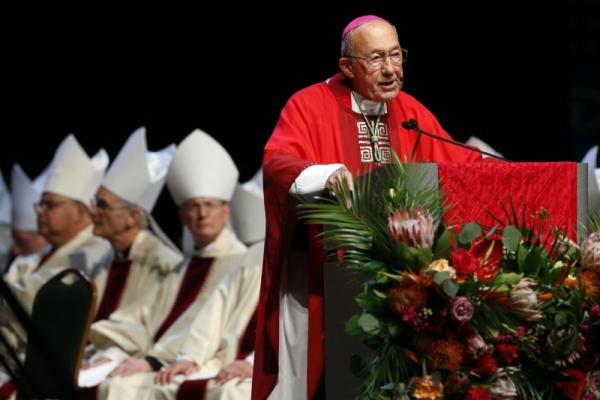Sep 25, 2017
In an apostolic letter read in Latin by Amato and English by Oklahoma City Archbishop Paul S. Coakley, Francis praised Rother as a priest and martyr “who was driven by a deeply rooted faith and a profound union with God, and by the arduous duty to spread the Word of God in missionary lands.”
Read the Full Article

Already a subscriber? Login
